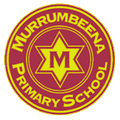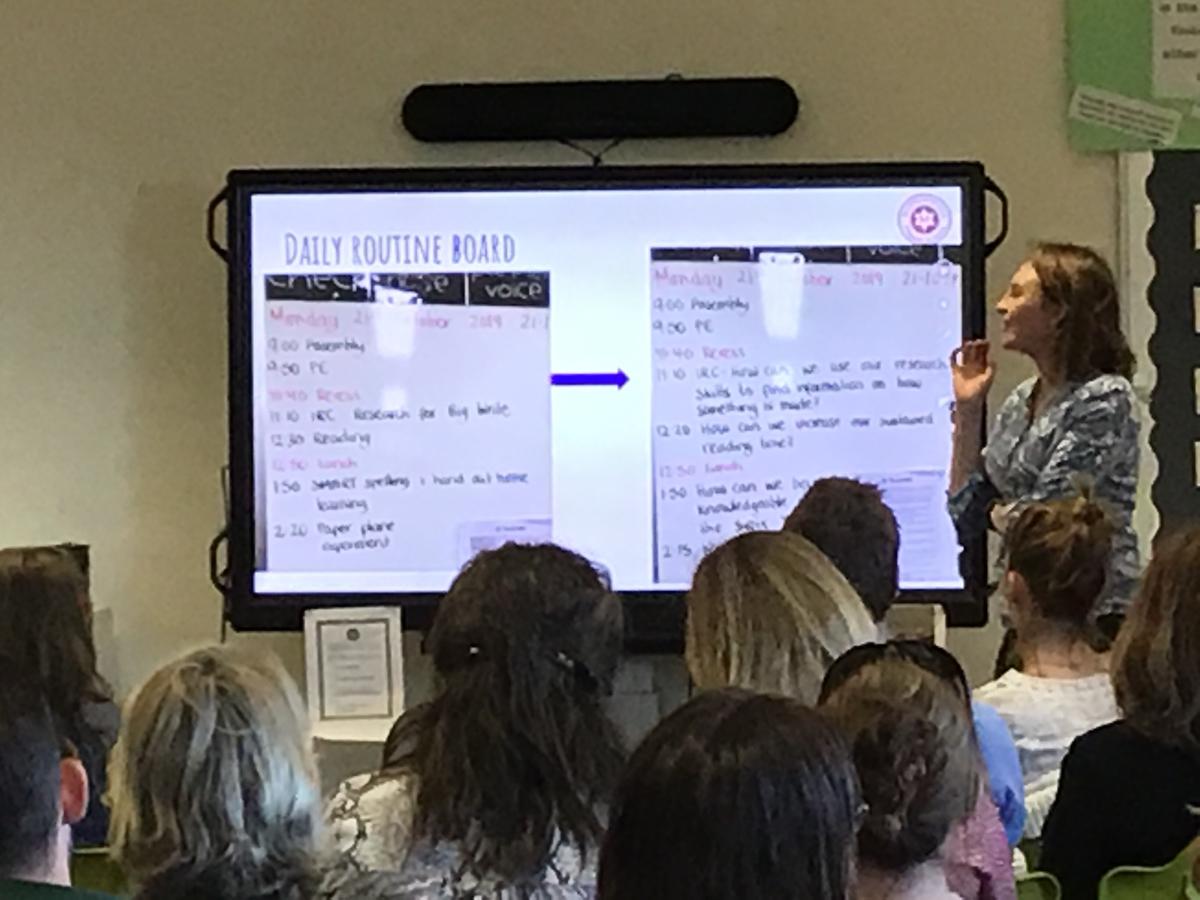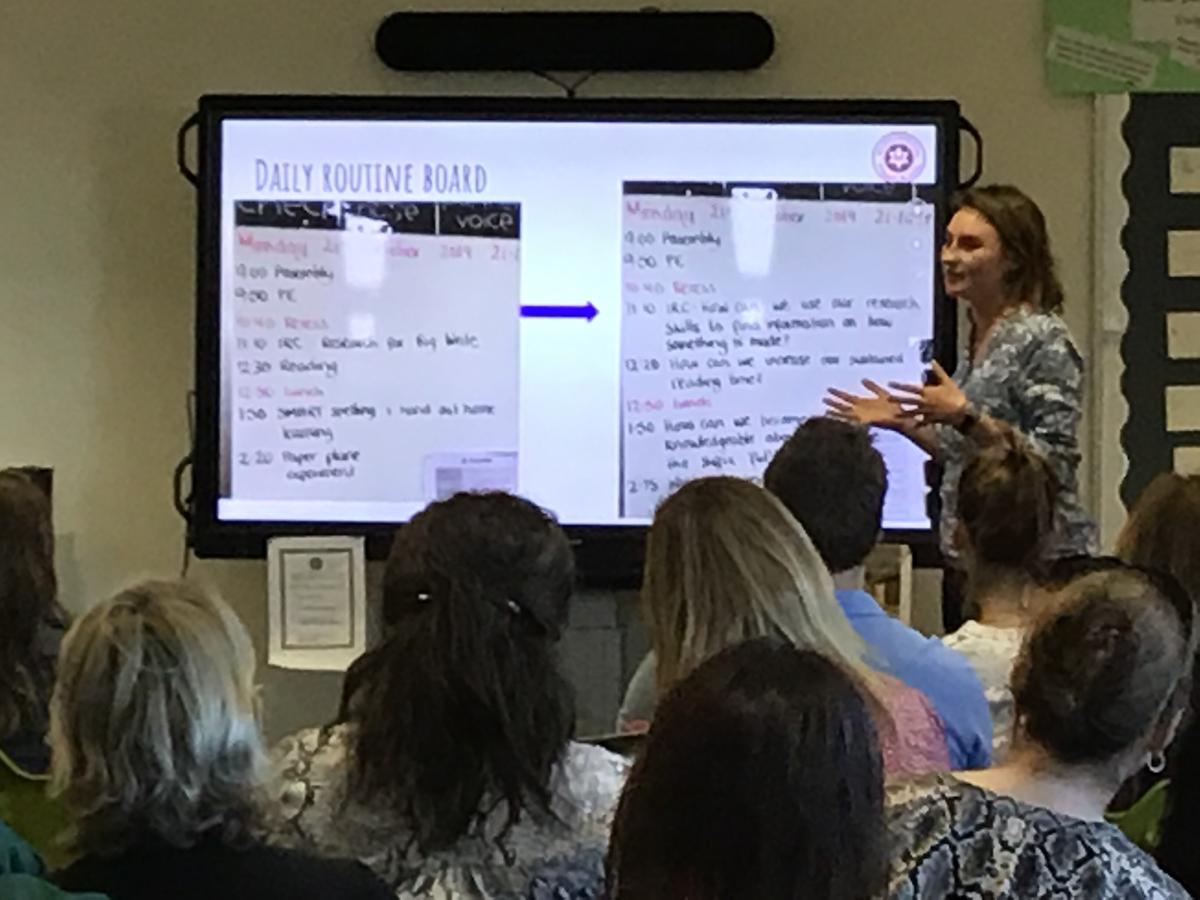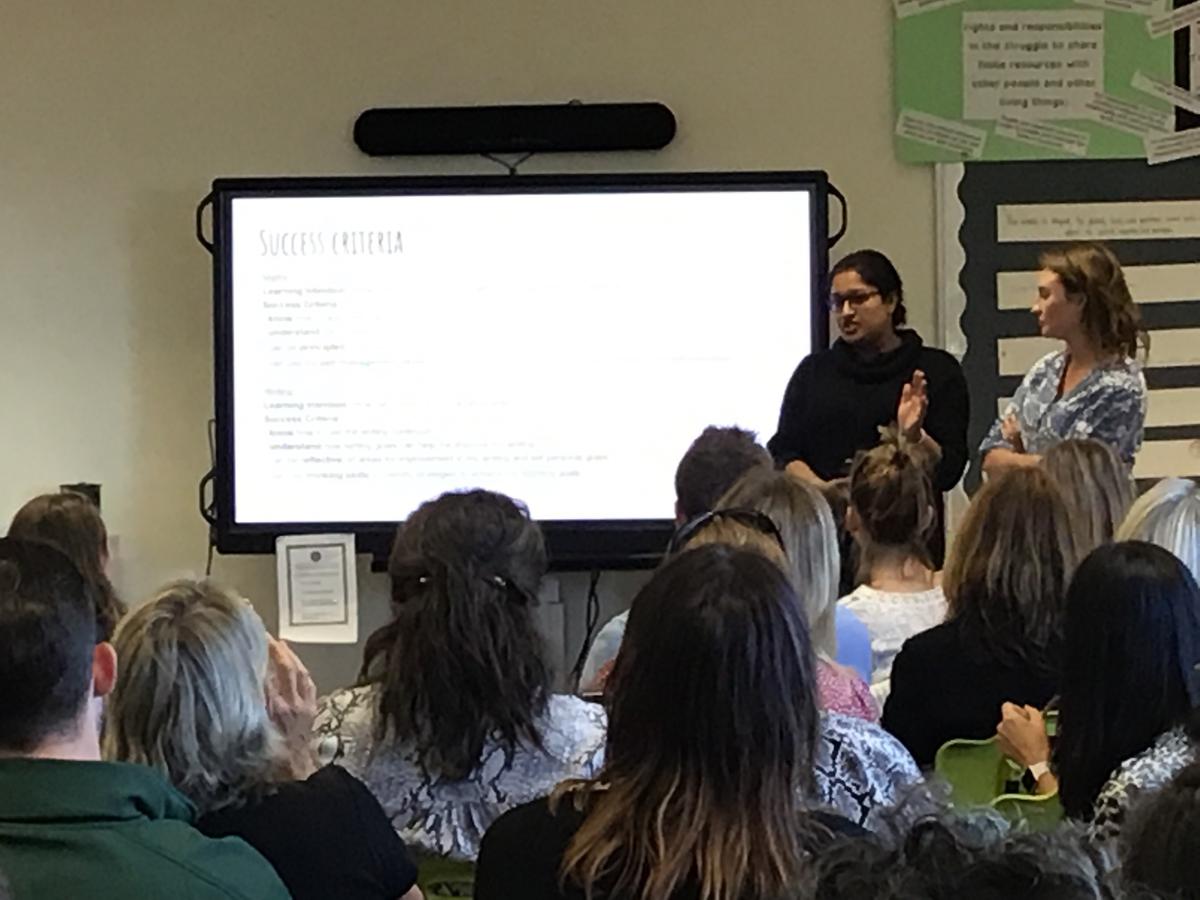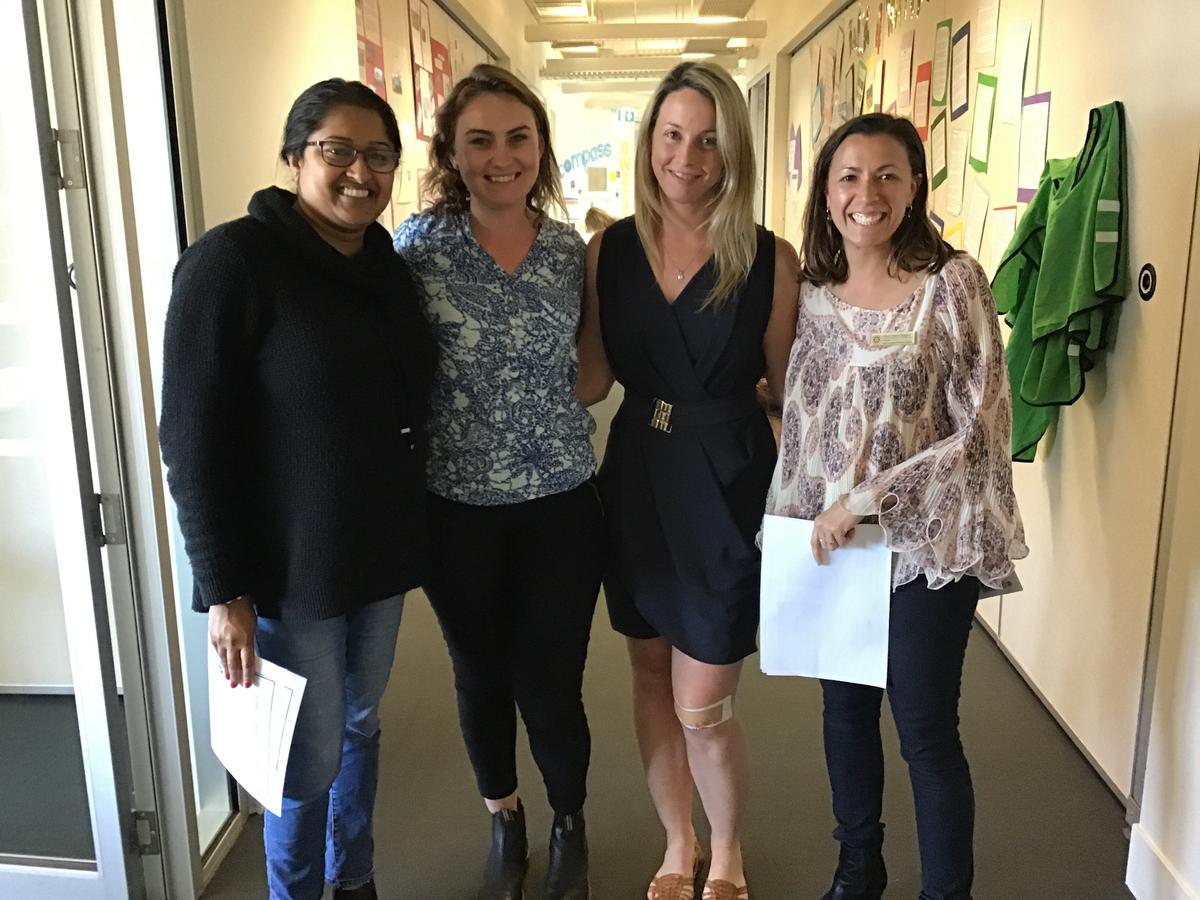PYP TEACHER MEETS
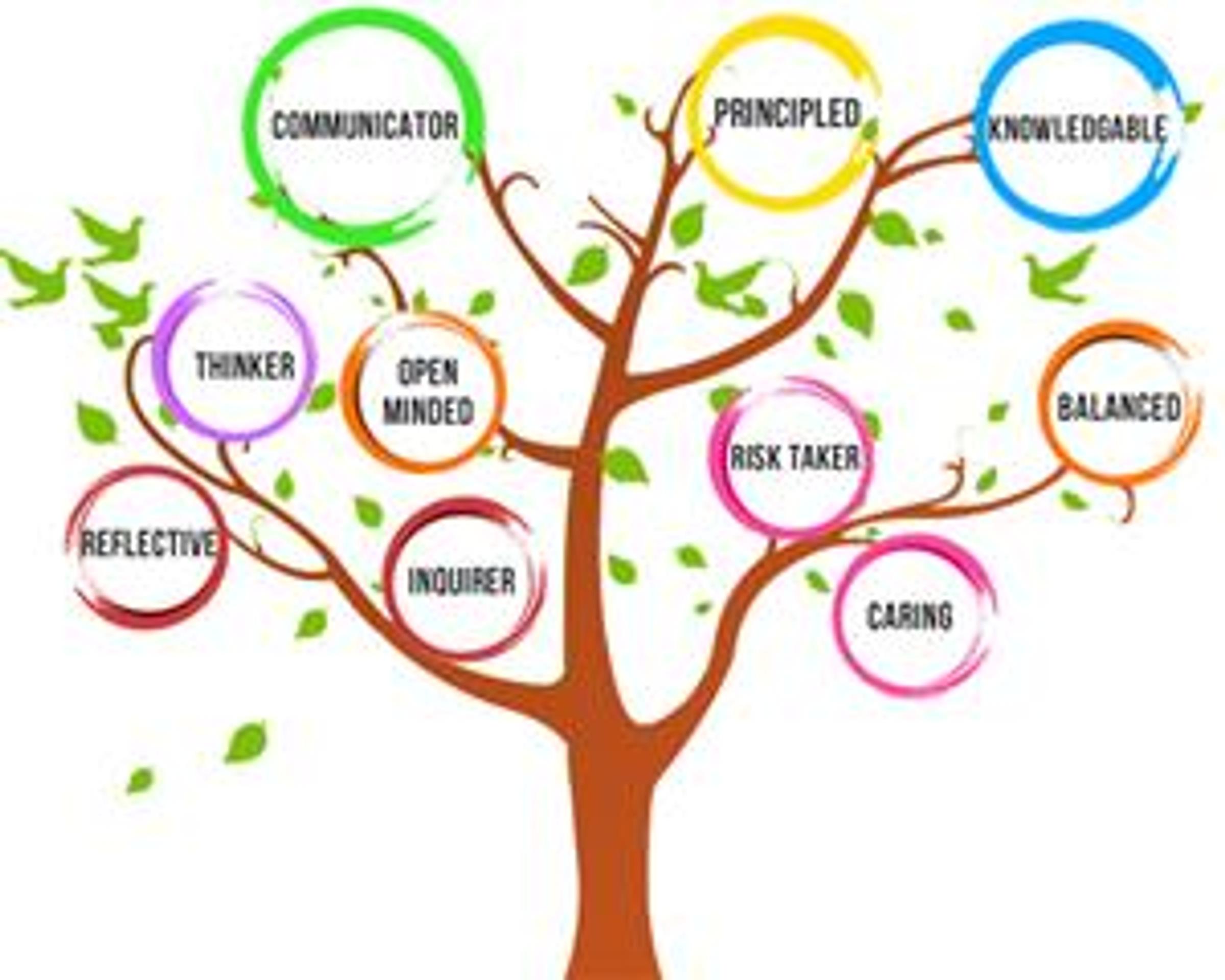
PYP TEACHER MEETS
Murrumbeena Primary School teachers regularly participate in professional development with other schools, both as learners and presenters. ‘TeachMeet’ (teachers meeting together) is one example of this. TeachMeets provide an opportunity for teachers from local schools to come together and share their practice and programs with each other. Recently four teachers from MPS presented to PYP teachers from a range of schools at Firbank Grammar School in Brighton. Their presentations highlighted the ongoing reflection and implementation of innovative teaching practice at MPS.
Angela Houghton
Terry Allen
To make my lessons more transdisciplinary this year, I have worded the subjects on our daily timetable as our learning intention questions.
For example, instead of ‘spelling’ it might be,"How can we become more knowledgeable about the suffix ‘ful’’? Or instead of saying ‘maths’,it would be,‘How can we use an atlas to find where people are from?’ At the beginning of the year the students were unsure about what subjects they were learning and would ask me when we would be doing certain subjects like writing, maths, reading etc. Using learning intentions and reflecting at the end of each lesson on what subject they thought we were learning the students were able to identify a number of subject areas which had been covered and justify why. This has made them realise that even though we might be learning ‘maths’ there are also elements of literacy and inquiry involved.
Jen Keppa
This year, I have worked towards deepening my own and the students’ understanding and development of the PYP’s approaches to learning. The approaches to learning are skills which support students to become self-regulated learners. The approaches to learning include thinking, self-management, social, research and communication skills.
Below are a few examples of how I make the approaches to learning lesson explicit to students through ‘I can’ statements:
I can use my thinking skills to consider ideas from multiple perspectives.
I can use my researching skills to record observations by note taking.
I can use my communication skills to give and receive meaningful feedback.
I can use my social skills to learn cooperatively in a group: being courteous, sharing and taking turns.
I can use my self-management skills to use my time effectively and appropriately and complete tasks as agreed.
I wanted to help students address the ‘how’ when undertaking their learning tasks. When identifying lesson goals I include a Learner Profile and Approach to Learning goal to help students achieve the Learning Intention. Here is an example below:
Maths
Learning Intention: What is the process for calculating multi digit vertical multiplication?
Success Criteria:
- I know how to apply the use of my multiplication facts.
- I understand the possible steps in the vertical multiplication process.
- I can be principled by showing commitment to completing my work.
- I can use my self-management skills to practise positive thinking and language that reinforces self-motivation.
I shared with colleagues from other schools across the PYP network how the clarity of lesson goals guides students to success.
Cassie Bongers
In an effort to deepen the Year 3’s understanding of the Learner Profile, students were given the opportunity to self-evaluate and gain peer feedback on how they were developing the attributes.
Our Year 3 students spent time throughout Term 1 unpacking what it means to be knowledgeable, a risk taker, a communicator, a global thinker, caring, open-minded, an inquirer, principled, balanced and reflective. They engaged in whole group and individual brainstorms, enjoyed texts that highlighted the attributes, as well as a range of team building games and activities. The students’ understandings were recorded over time and brought together on a poster, full of ‘i can...’ statements. These statements helped us to create a rubric that students now complete once a term. It has been wonderful to witness the students’ dedication to improving their goals around the Learner Profile attributes and give each other feedback throughout the year. At the TeachMeet, I shared this process with other teachers in the PYP Network and invited them to use our students’ rubric with their own classes.
Natalie Beach
During the Grade 5 unit of inquiry, ‘Who We Are’, teachers discussed providing Feedback as FeedForward. The FeedForward journey began when the students were given a rubric outlining the unit outcomes and connections to the elements of the PYP at the commencement of the 7 week unit.
From here, students helped design some of the learning tasks to suit the assessment criteria. Throughout the unit, students reflected on their learning based on the rubric and the need to meet each standard by the conclusion.
Students reflected again and designed their summative task around areas which needed additional support.
By providing FeedForward instead of FeedBack, students were able to set specific goals related directly to the unit outcomes, guide their learning by knowing what needed to be completed by the end of the unit and provide a clear understanding of areas they excel at and areas they need additional support with throughout the entirety of the unit.
At the TeachMeet, I shared this process with other teaching staff from the IB community.
